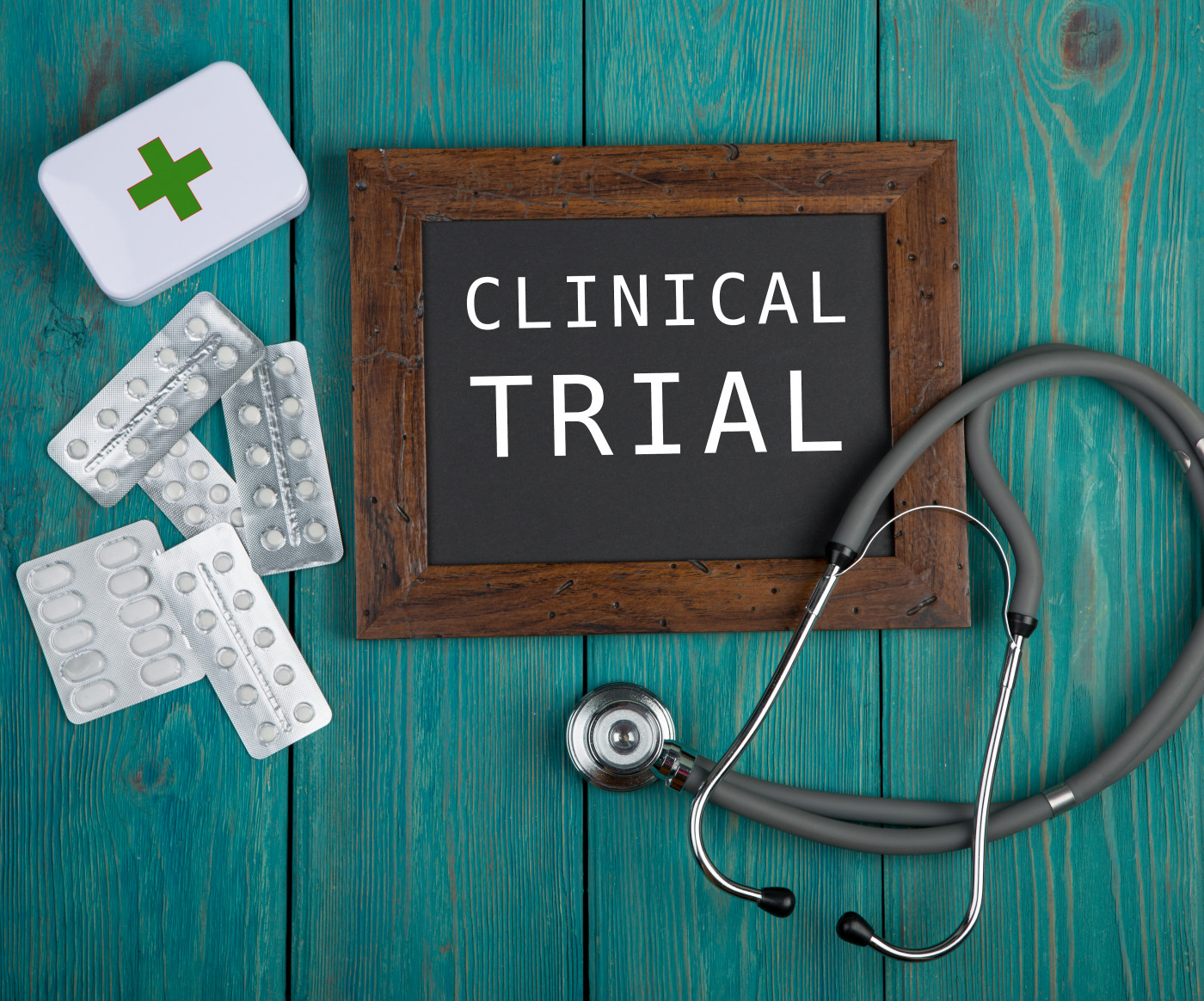Oxbryta to Enter ‘Confirmatory’ Trial in Sickle Cell Children in Coming Weeks, GBT Says

Oxbryta (voxelotor), the first treatment for sickle cell disease that addresses a root cause, will continue to be tested in a post-approval confirmatory study opening soon in children as young as age 2, according to its developer, Global Blood Therapeutics (GBT).
The new study, called HOPE-KIDS 2, is expected to “be initiated” by year’s end, Steven Immergut, a senior vice president and head of corporate communications at GBT, said in an email response to questions.
Its design was approved by the U.S. Food and Drug Administration (FDA) under the accelerated review that led to Tuesday’s approval announcement.
Talks are also underway with the European Medicines Agency (EMA) in advance of a possible request for EU approval, Immergut said.
HOPE-KIDS 2 will enroll up to 224 children with sickle cell disease (SCD), ages 2–15, who will be randomized 1:1 to either Oxbryta tablets at a daily dose of 1500 mg — its approved dose — or a placebo for up to 96 weeks; use of hydroxyurea, a standard treatment, is allowed, GBT states in a recent corporate presentation.
The trial will run at 50 sites across the U.S., Europe, and Africa.
Oxbryta is an oral medication that increases hemoglobin’s affinity to oxygen. By doing so, the medication prevents hemoglobin polymerization — hemoglobin molecules sticking to each other — which ultimately leads to the sickling of red blood cells. This process destroys red blood cells in what is called hemolytic anemia, lowers hemoglobin levels, and blocks small blood vessels.
Impeded blood flow and poor tissue oxygenation raises the risk of severe complications, including stroke (loss of blood flow in the brain). Strokes are estimated to be about 250 times more prevalent among children with SCD than in those without this disease.
The primary goal of HOPE-KIDS 2 will be to demonstrate that treatment with Oxbryta can reduce the risk of strokes in SCD children at 24 weeks of treatment.
This will be evaluated by measuring changes in blood flow speed from the study’s start (baseline) to the end of the initial 24-week treatment period using a technique called transcranial Doppler (TCD). TCD is a non-invasive ultrasound test that can detect changes in the speed of blood flow in the brain to assess a person’s risk of having a stroke.
Secondary study goals include stroke risk evaluations based on TCD data over a longer period of time (96 weeks), as well as measures of changes in hemoglobin levels and other important markers of red blood cells’ destruction (hemolysis) over time.
The FDA approved Oxbryta as a daily oral treatment for sickle cell patients ages 12 and older. Its decision was based on data from the Phase 3 HOPE trial (NCT03036813), showing that treatment raised hemoglobin levels by more than 1 g/dL in 51% of the 90 patients treated with Oxbryta at 1500 mg daily.
Specifically, hemoglobin levels rose over 24 weeks to a mean of 9.8 g/dL in those given Oxbryta at that high dose, and to 8.9 g/dl in 92 patients treated daily at the 900 mg low dose.
Study findings, which were published in The New England Journal of Medicine, also showed that at its approved daily dose, Oxbryta lowered levels of two markers of red blood cells’ damage: reticulocytes (by 19.9%) and bilirubin (by 29.1%).
GBT expects the treatment to be available through specialty pharmacies in the U.S. by mid-December.
“Our comprehensive patient support program, GBT Source, is fully operational to help patients get access to Oxbryta. We expect Oxbryta to be available through a network of specialty pharmacies within two weeks … though we cannot provide a specific date yet,” Immergut said in the email to Sickle Cell Disease News.
This patient assistance program can be reached via the enrollment form on the GBT source site, and “includes a team of regional, field-based patient navigators who will help patients who are prescribed Oxbryta throughout the entire process,” he added.
Help available ranges from financial and co-pay assistance for those eligible, insurance options, pharmacy network details, and — for those using Oxbryta — access to a nurse support team, and prescription refill and shipping assistance.
Oxbryta’s list price is at $10,417 per month, about $125,000 a year, and “reflects the value of its potentially transformative benefits,” the company said in its email.
Careful consideration was given to factors “including the cost and burden of disease (prevalence of the condition, direct and indirect costs of care); the value and impact of this innovative treatment in the context of currently available options (including the potential to reduce healthcare costs); extensive research … and the need to fund current operations as well as the continued development of future medicines.”
GBT will not raise its price for at least three years.
The net price of the medication for about 65% the patients will be around $8,000 each month, once “mandatory government discounts” are in place, Immergut said, adding “the list price is not what patients pay” at a pharmacy.
“GBT has and will continue to invest in the SCD community, supporting the development of new approaches to address the many inadequacies of SCD treatment and overall care,” he said. “We are committed to making sure that people who are prescribed Oxbryta can access the medicine, and we created GBT Source with this goal in mind.”






